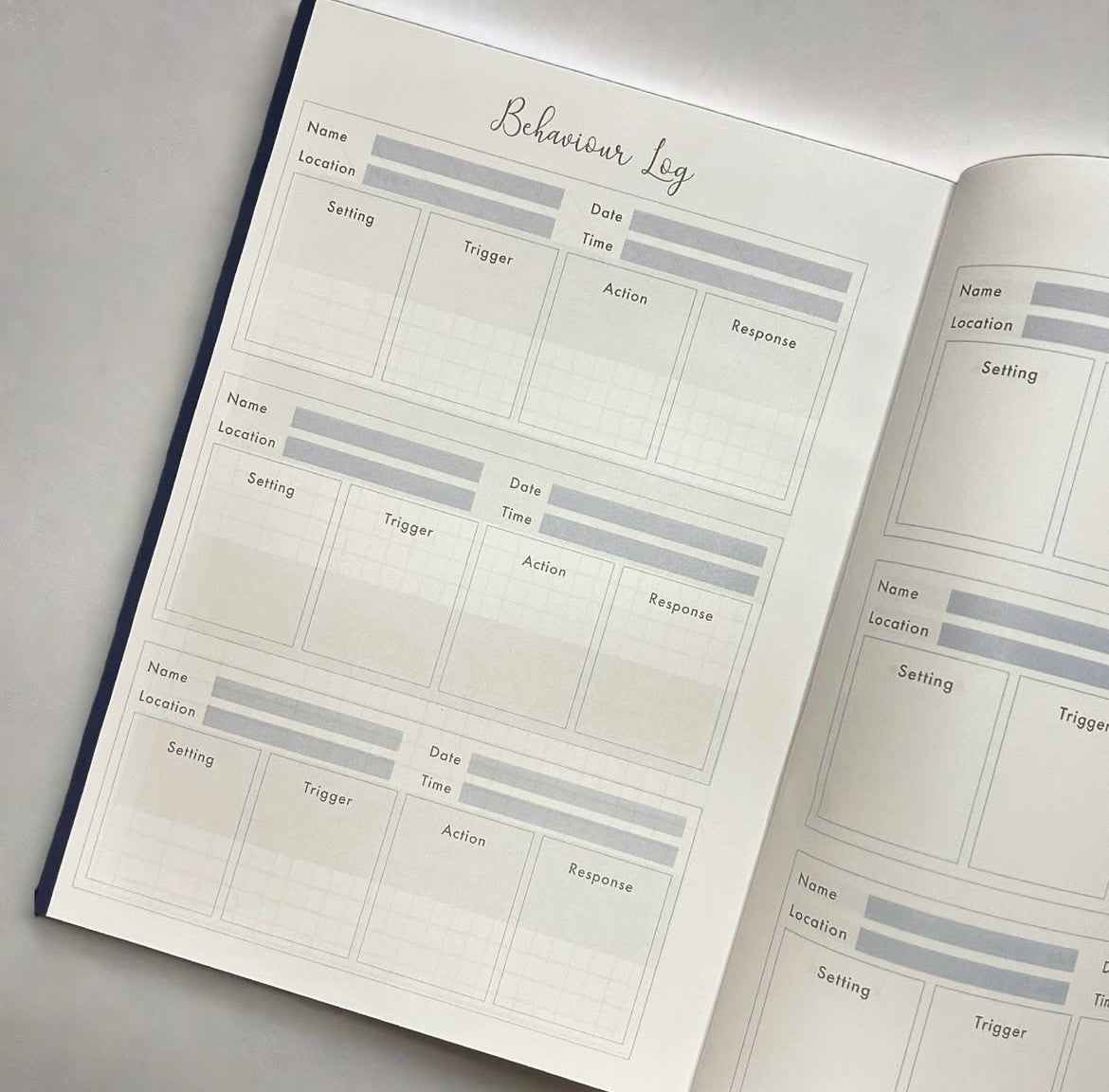
Effective Strategies for Managing Classroom Behaviour: Empowering Educators with Tools That Work
Classroom management is a cornerstone of effective teaching. When students feel safe and supported, they thrive academically, socially, and emotionally. Yet, managing behaviour can be one of the most challenging aspects of teaching, with disruptions often stemming from a wide variety of underlying causes.
At Tidy Think Planners, we’re passionate about equipping teachers with practical tools to tackle these challenges. One of our standout features is the Behaviour Tracker, designed to help educators identify triggers and underlying causes of behavioral outbursts, empowering them to respond with understanding and strategies tailored to their students’ needs.
Understanding Behaviour: The First Step to Management
Behaviour is communication. When students act out, they’re often expressing unmet needs, frustration, or discomfort. Recognising this allows teachers to approach behaviour management with empathy rather than just discipline.
A few common triggers for challenging behavior include:
- Fatigue or hunger
- Overstimulation or lack of focus
- Emotional stress or anxiety
- Unmet learning needs
The key to effective behaviour management lies in identifying patterns and triggers. This is where tools like our Behaviour Tracker come in handy, enabling you to log, analyse, and reflect on behaviors systematically.
Strategies for Managing Classroom Behaviour
-
Set Clear Expectations
At the start of the school year—or whenever behavior issues arise—clearly outline your classroom rules and expectations. Visual aids, consistent routines, and a shared understanding help students feel secure and understand boundaries. -
Build Relationships
Students are more likely to respond positively when they feel valued. Take the time to build relationships by showing interest in their lives, acknowledging their efforts, and creating a supportive environment. -
Use Positive Reinforcement
Acknowledge good behaviour regularly. This not only motivates students to repeat those behaviours but also fosters a positive classroom culture. Remember, students often act out to gain attention—positive reinforcement shifts their focus to earning recognition for the right reasons. -
Stay Calm and Consistent
Responding to outbursts calmly and consistently shows students that you are in control and that their behaviour won't derail the class. A calm tone and demeanor can also de-escalate situations. -
Use Tools to Track Patterns
Keeping track of behaviours over time can reveal patterns you might not notice in the moment. For example, you might discover that a student consistently struggles after lunch or during a specific subject. The Behaviour Tracker in Tidy Think Planners allows you to note when and where behaviors occur, helping you identify trends and address root causes.
How the Tidy Think Planner Supports You
Our planners are more than just a space to write down to-do lists—they're tools for teacher well-being and classroom success. The integrated Behaviour Tracker gives educators an easy-to-use framework to:
- Log behavioural incidents, noting the time, setting, and context.
- Reflect on potential triggers and interventions that worked (or didn’t work).
- Develop proactive strategies to support students before issues arise.
By reflecting on these entries, you can uncover valuable insights. For example, you might notice that a student struggles during group activities but thrives during independent work. With this understanding, you can adjust your approach to better meet their needs.
Preventing Burnout Through Reflection and Support
Behaviour management can be taxing, but with the right tools and mindset, it doesn’t have to lead to burnout. Tidy Think Planners also include mental health prompts and organisational tools to help you prioritise your own well-being while staying on top of classroom demands. After all, a supported teacher is better equipped to support their students.
Final Thoughts
Managing behaviour effectively is about more than discipline—it’s about understanding. By taking the time to identify patterns, build relationships, and use tools like the Behaviour Tracker, you can create a classroom environment where both you and your students can thrive.
Ready to transform the way you manage behaviour in your classroom? Explore our range of customisable Tidy Think Planners, designed with your needs in mind. Because when teachers feel prepared, students succeed.